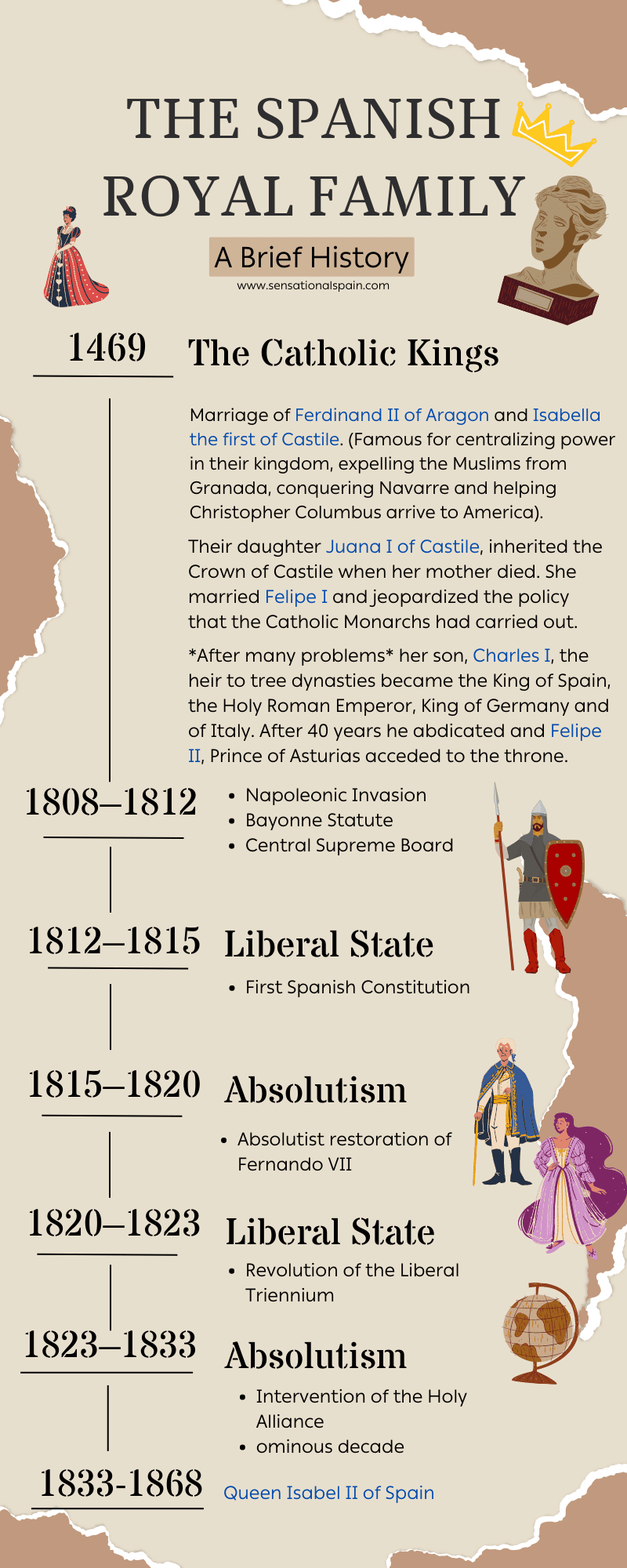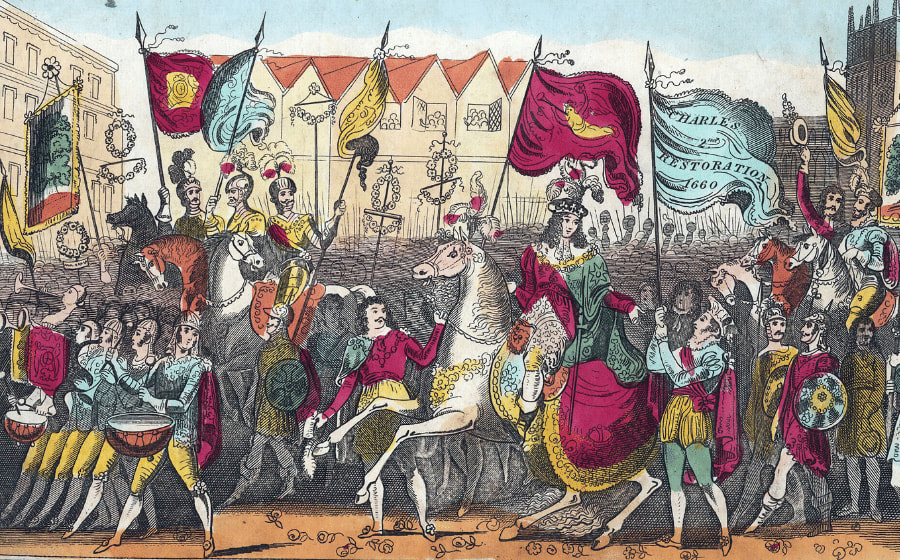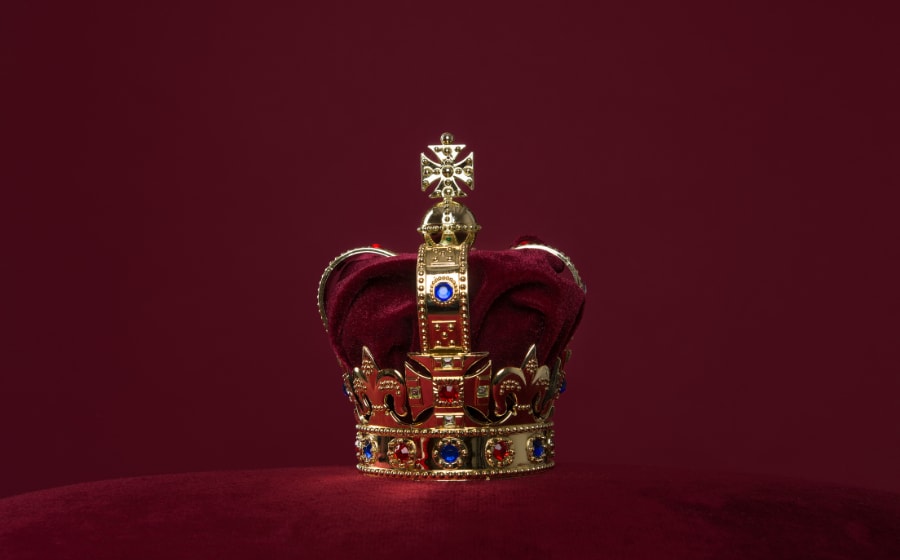Spain Monarchy 101: A Complete Journey of the Spanish Royal Crown
October 22, 2022
Win a FREE Trip to Spain!
Exciting Announcement! For the first time, we're thrilled to offer exclusive trips to the heart of Spain - an experience like no other. This isn't your typical tourist journey; it's a unique opportunity to immerse yourself in authentic Spanish culture, alongside real locals and our passionate team.
But there's more! Simply by requesting information about this amazing trip, you'll be entered into a special draw to win a Fully Paid Trip to Spain for Two. And that's not all - everyone who inquires will receive an exclusive bonus gift, valued at $500, available only now.
Ready to Discover the Real Spain?Click Here ↑ to Request Information & Enter the Draw!
Once upon a time, a woman called Isabel II of Castille married Ferdinand II of Aragon. And the rest is history!
Okay, don’t worry… I won’t leave you hanging with this narrative. In this post, you’ll understand everything about the Spanish Monarchy, the current Royal Family, and the History of the Spanish Crown (very simple and visual!)
So, bare with me because I’ll take you on a trip through Spanish history for you to meet the royal family. You might wonder… Are they ordinary Spaniards? Well, that’s for you to find out. Now let the story begin!
Table of Contents ▼ ▶
Does Spain have a Monarchy?
Spain has a Monarchy. The current King is Felipe VI, after the abdication of his father, King Juan Carlos I, on June 19, 2014. The form of government in Spain is a parliamentary monarchy, in which the King acts as Head of State BUT does not have any legislative or executive power since laws are made by the Parliament and the Government. The country is a sovereign state and a member of the European Union.
So, what does the Monarchy do, then? I have another post that explains everything, in case you’re wondering:
Spanish Royal Family
The Spanish royal family has traditionally been made up of the titular person of the Crown (the one who holds the title of king or Queen of Spain), his or her spouse, their children, grandchildren, descendants of the prince or princess of Asturias and by the monarch’s parents.
According to the Spanish Law and Constitution, the holder of the Crown is the person who occupies the throne in his own right after applying the succession rules and assuming the functions of the head of state.
It is called the king or Queen of Spain and receives the treatment of majesty.
After the last 2014 succession process, the size of the royal family was reduced to six members: King Felipe VI; his wife, Queen consort Letizia; their daughters, Leonor, Princess of Asturias and Infanta Sofía; and his parents, King Juan Carlos and Queen Sofía.
And let me tell you that they do have regular lives! (well… kind of) here is a video of the current royal family on vacation in Mallorca!

As you imagine, royal dynasties marry other ruling families as part of strategic diplomacy for reasons of state. But in Spain, this is something from the past, since Letizia is the first consort Queen without “blue blood” in the history of Spain after the coronation of Felipe VI. And I’ve had some interesting conversations about the Queen with many people, and one of those knew her and had spoken to her:
Letizia is a person who doesn’t mince words. We have spoken several times, even after she became Queen of Spain. Besides, I would say she is very aware of her personality since she separates her institutional role from her personal being. In other words, you can discuss with her or have conversations about any topic. In the end, she is still a journalist who doesn’t hesitate to talk about anything. To me, she’s always been a close, wonderful, and friendly person.
-Carmen Chaparro, 49 years old, from Barcelona.
The Queen of Spain has always been questioned by a lot of people and opinions are coming to the surface at every moment. Mrs. Letizia says she is an ordinary person like any other and refuses to act as Queen 24 hours a day. Something that her husband, however, does.When she hadn’t met Felipe, she was a regular person, working as a television presente in the “Telediario” of televisión Española. Although many people believe she lacks constitutional functions, she emphasizes not being “a vase”. In my opinion she wants to play the role of Lady Di.
There are some who believe that she didn’t measure well the step she took when she decided to marry the crown prince of a dynasty as traditional as the Bourbon one. Yet, taking this step was a big one, but she could adapt very well to the new situation. It is not easy an easy situation to cope with.
-Casimiro García-Abadillo, 65 years old, is from Ciudad Real, Castilla La Mancha.
These are just some opinions from different Spaniards, but if you’re interested in more additional info about the Queen and her role, I wrote an article about it in case you want to check it out:
Symbols of the Spanish Monarchy
The Spanish Royal Crown

The Royal Crown was made by Fernando Velasco in 1775 y 1788. He was a chamber silversmith of the Royal House since 1748.
This crown responds to a purely neoclassical style. The iconographic program it presents is openly related to the exaltation of the monarchy. The laurel wreaths allude to abundance, and the orb and cross-refer to earthly and divine power. It accompanies the scepter made in the 17th century both in the proclamation and swearing-in of the new monarch and in funeral ceremonies.
It is made up of a ring decorated with chained branches that supports a basket made up of eight mirrors. In the basket, we can see the arms of Castille, Leon, Granada, Parma, and Tyrol kingdoms and the fleurs-de-lis of the Bourbons. In addition, it is made of cast silver, chiseled, and later gilded and weighs less than a kilogram.
The Spanish Royal Scepter

It is a cane made up of three gilt-silver cannons, covered with fine filigree work and cells that still have traces of blue, green, and turquoise enamel. The barrels are separated by rings set with garnets embedded in square mouths, ending in a carved rock crystal ball. It did not appear in official portraits of the monarchs until the 19th century when Queen Elizabeth II held it on several official portraits preserved in the Bank of Spain, the Museum of Fine Arts in Seville, and the Museum of Romanticism in Madrid.
History of the Spanish Monarchy

Where do I begin? Well… At the beginning of the fifteenth century, 4 great kingdoms had managed to expel the Muslims from their territory: Castille, Aragon, Navarra, and Portugal. The kingdom of Granada was the last Muslim stronghold on the Iberian Peninsula.
Then, Ferdinand II of Aragon married Isabella I of Castile in 1469, dynastically uniting the two most powerful Kingdoms: Aragon and Castile.
This union allowed to expel the Muslims from Granada and conquer Navarre, to incorporate these territories into the new Crown.
Later, their daughter Juana I of Castille, daughter of the Catholic Monarchs, inherited the Crown of Castile when her mother died. She married Felipe el Hermoso and jeopardized the policy that the Catholic Monarchs had carried out.
King Fernando II of Aragon, Juana’s father, disqualified her and took care of the Castilian regency until his death. Then, Juana also inherited the Crown of Aragon, and her son Carlos proclaimed himself King with his mother. This way, Carlos I consolidated the union of both crowns, being called the “Catholic King of Spain.”
In 1556, Emperor Charles V decided to withdraw, ceding his kingdoms to his son Philip II, with the exception of the Empire and his Austrian possessions, which passed to his brother Ferdinand. But they couldn’t manage all of it.
The 18th century began with the enthronement of the Bourbon dynasty with Felipe V. Then Carlos III came, and new reformist objectives were achieved, already within the budgets of enlightened despotism. Then the French Revolution and the Napoleonic era came, and the defeat of Napoleon provoked the return of the Bourbons with Fernando VII.
However, liberalism entered Spain, and neither Ferdinand VII nor his daughter and successor, Isabel II, managed to fully understand the ideology. But the revolutionary outbreak of 1868 and the new parenthesis in the Bourbon era allowed pure liberalism, followed by Alfonso XII with another liberal political system but dominated by electoral corruption.
Long story short, there were lots of political problems, new doctrines that this system could not control, and an ideological crisis in 1898, and the period 1917-1923 marked the culmination of this process.
After many disputes, civil wars, and dictatorships, Juan Carlos I was proclaimed King by Franco, and Spain was finally, after an exemplary transition, at a level similar to that of the rest of Europe.
If you prefer a -VERY SHORT and undetailed- explanation, then this is for you:











